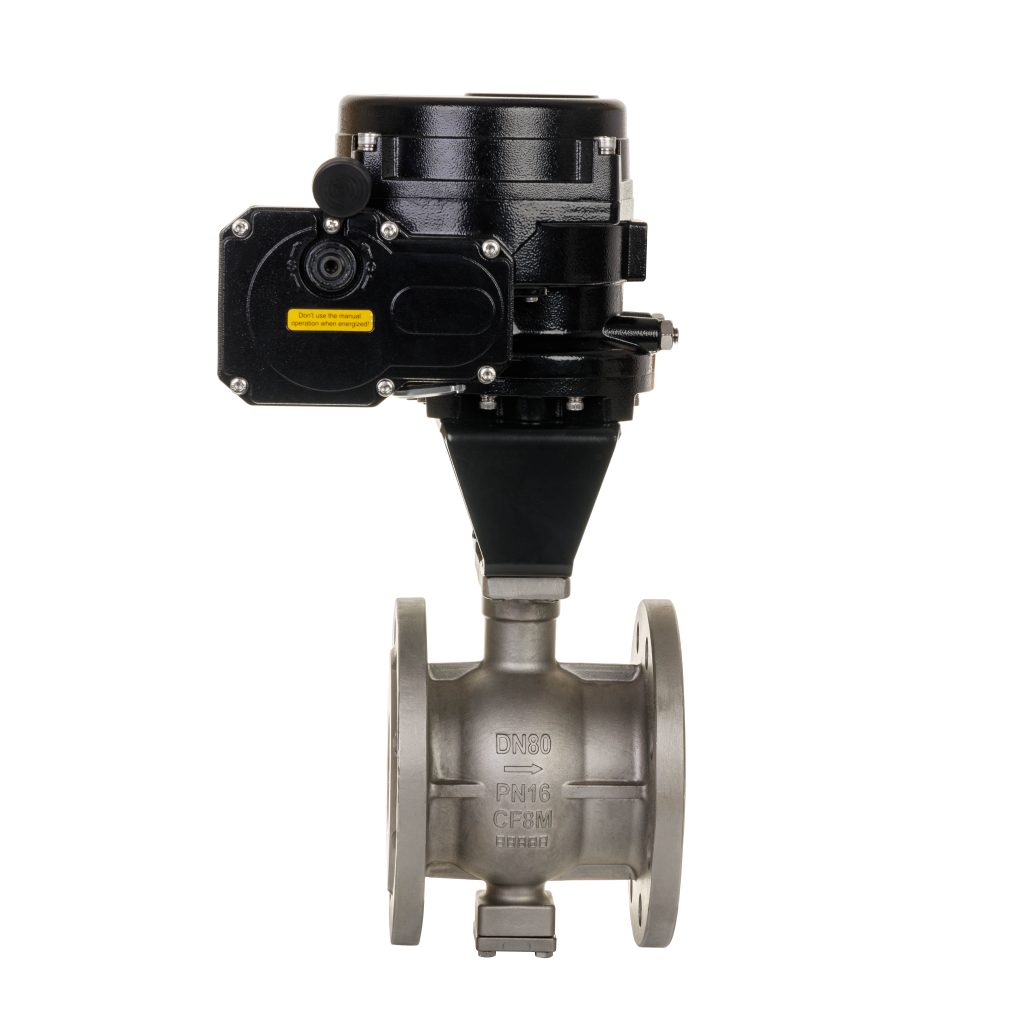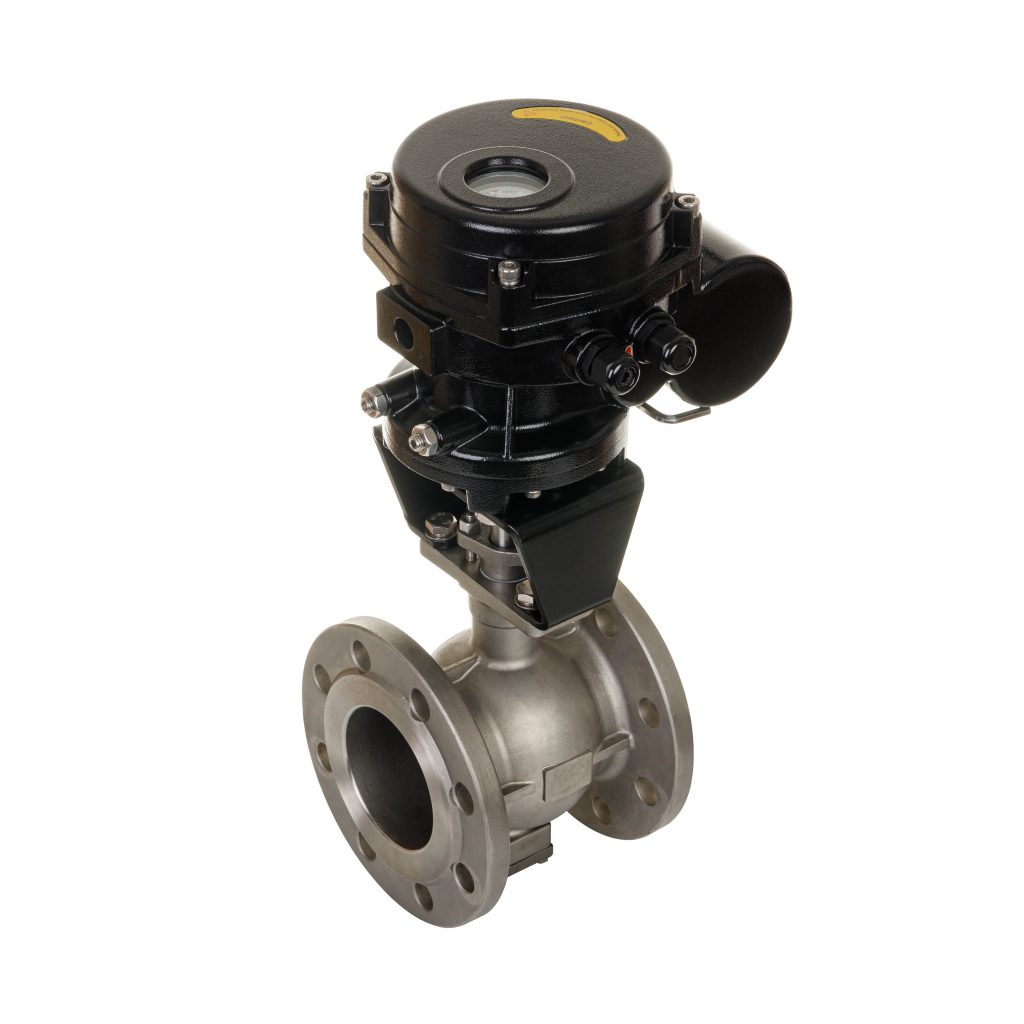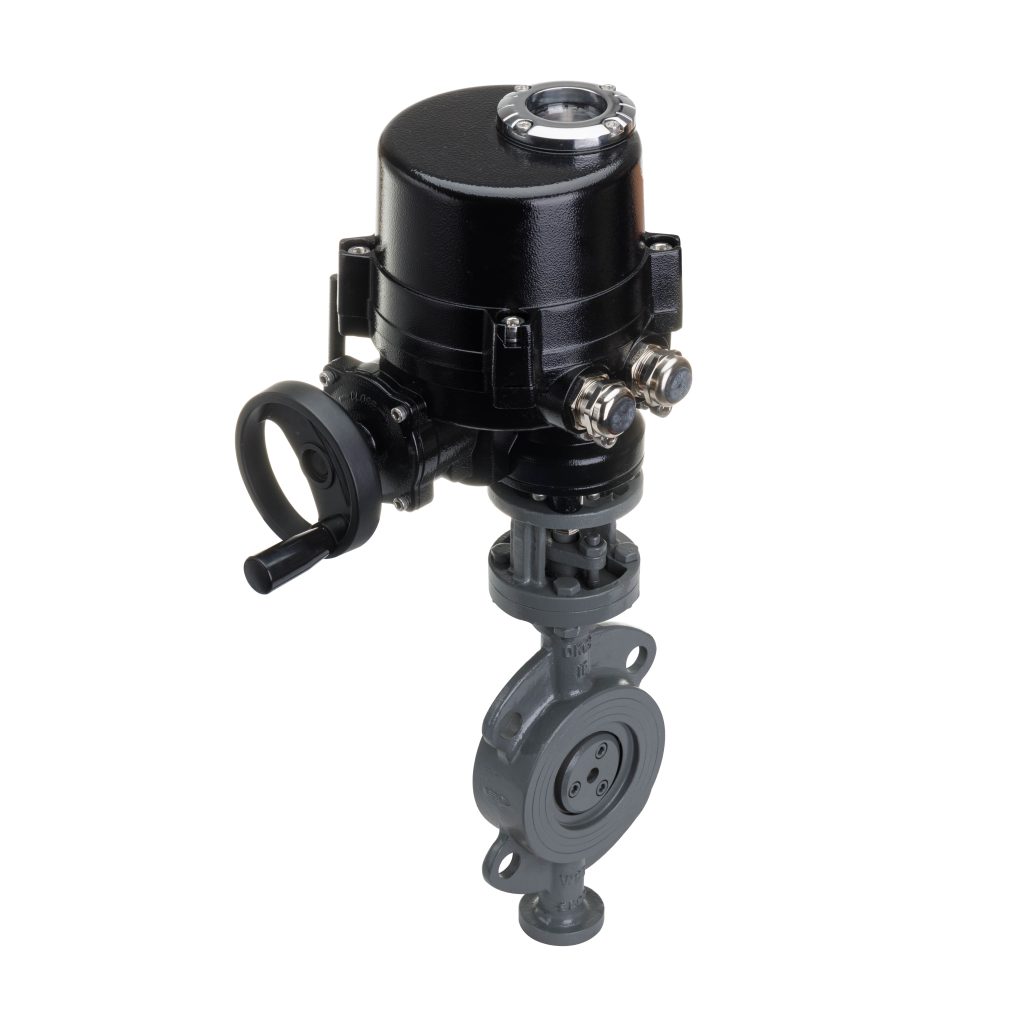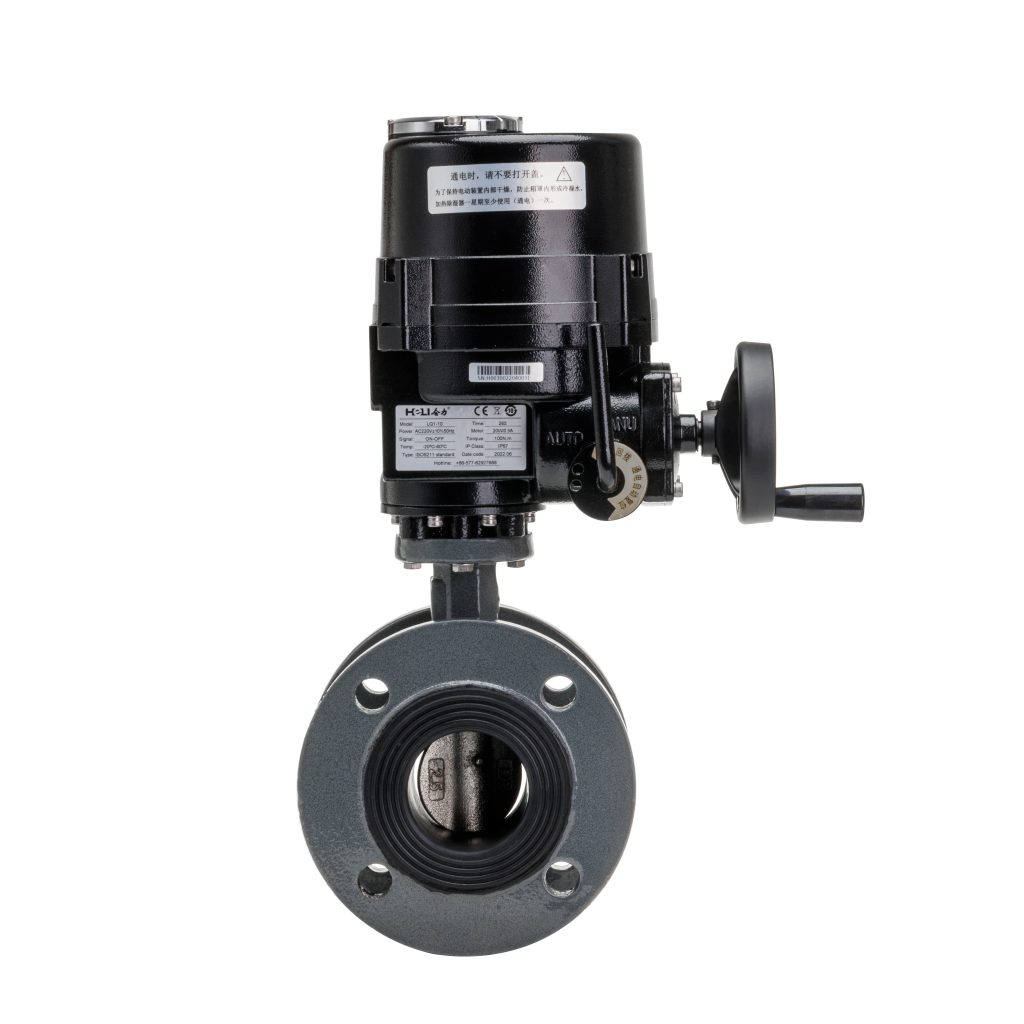The Electric Three Eccentric Butterfly Valve is a vital component in various industrial applications, especially in fluid control systems. This valve type is known for its unique design, which enhances performance, reliability, and efficiency. This article delves into the features, advantages, applications, and maintenance of electric three eccentric butterfly valves, highlighting their significance in modern engineering.

Understanding the Design

The electric three eccentric butterfly valve distinguishes itself from traditional butterfly valves through its three eccentric features. The term “eccentric” refers to the off-center rotation of the valve disc, which is positioned at an angle relative to the valve body. This design reduces friction between the disc and the seat, facilitating a smoother operation. As the valve opens and closes, the disc moves away from the seat, minimizing wear and tear and prolonging the valve’s lifespan. The electric actuation of the valve enhances its control capabilities. Electric motors provide precise positioning and rapid response times, making the valve suitable for automation in industrial processes. These actuators can be easily integrated into control systems, enabling remote operation and monitoring.



























